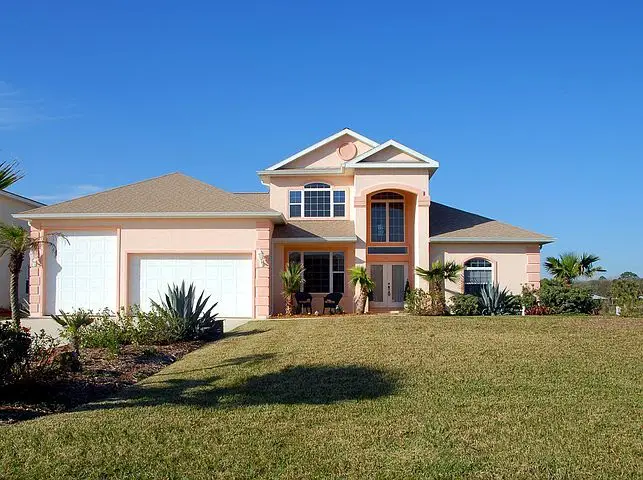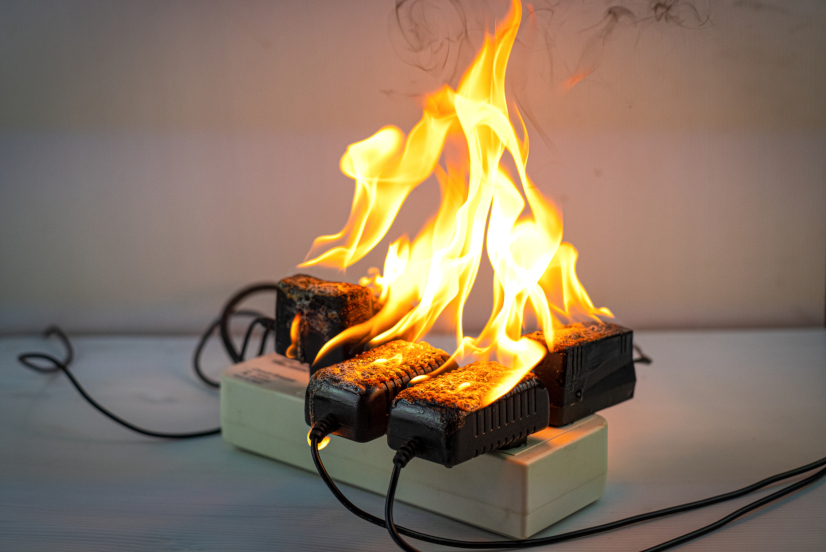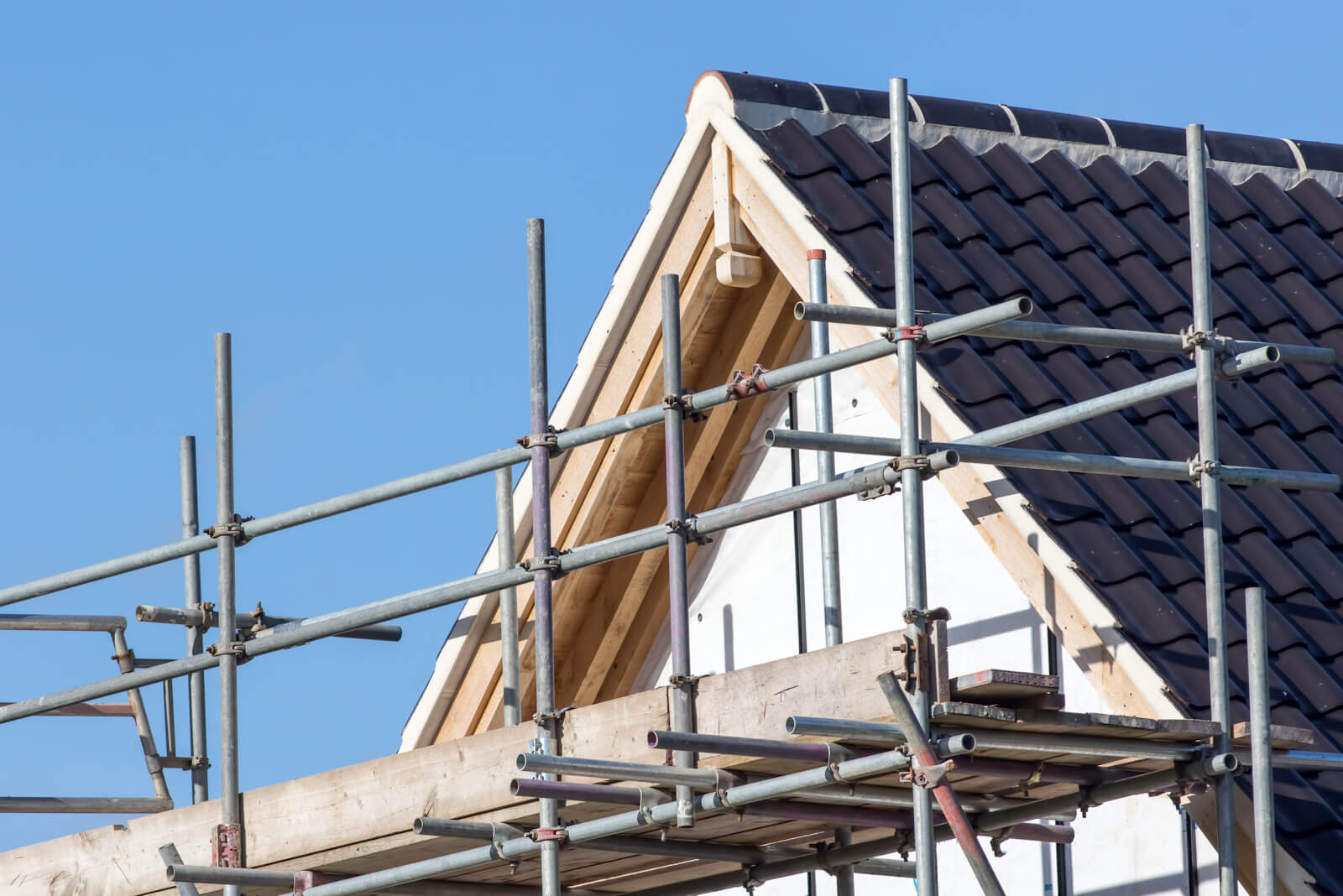Investing in solar panels is a great idea. But, before you start, it is worth noting that there are some grants available to help with the cost of installing these panels. It is worth checking what incentives are currently available.
You should also be aware that solar panels can be damaged. You need to know an expert in solar panel repairs to deal with any issues you have. In fact, you can even use this expert to help you purchase damaged ones and repurpose them!
The next step, once you have decided on solar panels, is to work out how many you actually need.
Electrical Usage
The first step in the equation is working on how much electricity your house uses. You can simply look at your energy bill for the last year and divide it by 365 to get an approximate figure. Remember your usage changes with the season.
It is also possible to record the devices used every day for a week and then work out how many watts you are using each day. Again, this will give you an average daily figure.
Panel Size
Knowing how much you use means you know how much power you need to produce to stop using the mains power supply.
You know need to find the solar panel you intend to buy and check out the wattage rating. This gives you an idea of how much a panel could generate. For example, if you use 1,000 watts a day and have panels producing 100 watts you need just ten panels.
Of course, your home will use more than this and you also need to factor in sunlight. A panel capable of producing 100 watts will only be able to do so in full sunlight. Consider how much sun your roof gets per day when doing your equations.
For example, if your 100w panel is exposed to ten hours of sunlight per day it will produce 1,000 watts!
Usage
You can choose to have your solar system connected to the grid, allowing you to sell excess production to the grid and pull power from it when you don’t have any solar power. It simply helps you save money.
But, you can also go ‘off-grid and disconnect from the mains. This means you will need to invest in a bank of batteries and a smart controller. It’s the only way to ensure you have power when the sun goes down.
The Bottom Line
While the example above should help you understand the calculations that need to be completed, the reality is that most houses use approximately 30kWh and a panel will only produce around 1.24kWh per day.
In other words, depending on your exact power consumption, you are likely to need between 20 and 30 solar panels.
You can fit these yourself but you may prefer to get some expert help to ensure everything is done properly and your new electrical supply is safe. Then you can start saving money.






